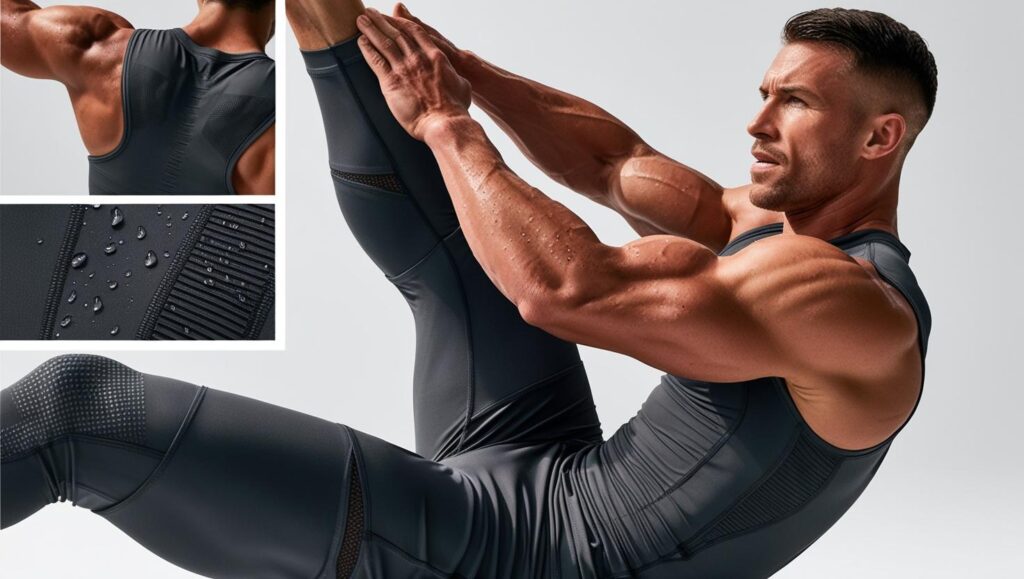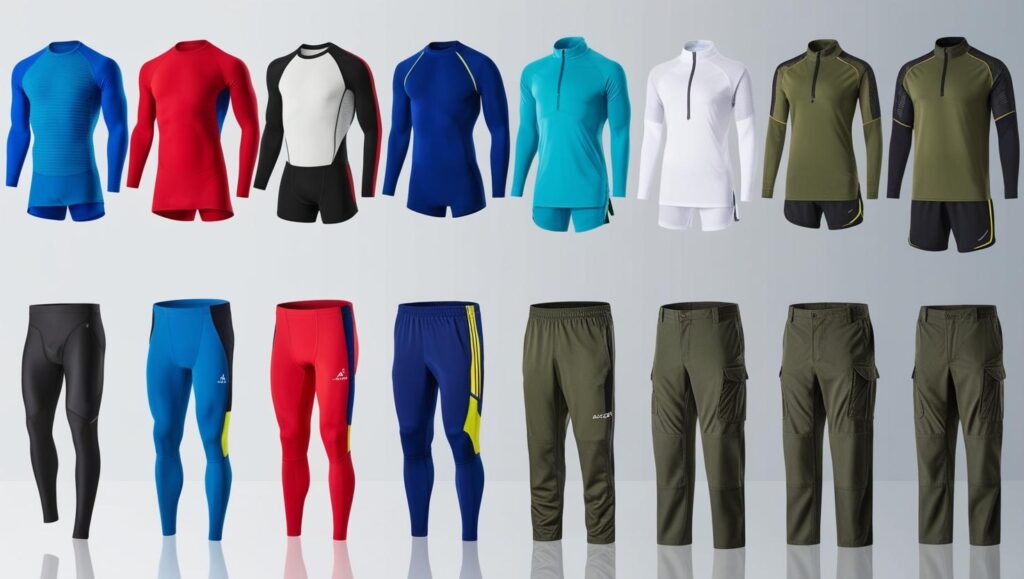When engaging in physical training, the right uniform can make a significant difference in performance, comfort, and recovery. Whether you’re an athlete, a fitness enthusiast, or a military trainee, wearing the appropriate gear enhances mobility, reduces injury risks, and supports muscle recovery. This guide explores the key aspects of a physical training uniform, from material choices to technological advancements that optimize training efficiency.
Why a Physical Training Uniform Matters
A well-designed physical training uniform is not just about aesthetics; it directly impacts movement, endurance, and injury prevention. The right fabric, fit, and design can enhance workouts by providing:
- Moisture management: Sweat-wicking fabrics keep the body dry and comfortable.
- Temperature regulation: Breathable materials prevent overheating during intense training.
- Muscle support: Compression elements aid in reducing fatigue and improving circulation.
- Injury prevention: Proper footwear and ergonomic designs minimize stress on joints and muscles.
Athletes and fitness professionals prioritize specialized training gear to ensure long-term performance and recovery benefits.
Key Features of an Effective Physical Training Uniform
1. Fabric Technology and Performance
The material of a training uniform plays a critical role in comfort and effectiveness. Modern sportswear utilizes high-performance fabrics such as:
- Polyester blends: Lightweight and durable, these materials wick moisture away from the skin.
- Compression fabrics: Improve circulation, reduce muscle vibration, and enhance endurance.
- Mesh panels: Provide ventilation and prevent excessive sweating.
2. Fit and Mobility
An ill-fitting uniform can restrict movement and lead to discomfort. Training apparel should be:
- Flexible: Allows a full range of motion for exercises like squats, lunges, and sprints.
- Snug but not tight: Ensures support without restricting blood flow.
- Layered appropriately: Compression base layers can be combined with looser outer layers for temperature control.
3. Footwear: The Foundation of Training Gear
Shoes are an essential part of any physical training uniform. The right pair should:
- Provide arch and ankle support to prevent injuries.
- Offer cushioning to absorb impact and reduce strain on joints.
- Have proper traction to ensure stability on different surfaces.
How a Training Uniform Affects Recovery
1. Compression Benefits for Muscle Recovery
Compression wear is widely used in training uniforms due to its ability to:
- Reduce muscle soreness by improving blood circulation.
- Decrease recovery time by minimizing lactic acid buildup.
- Provide joint stability, reducing post-workout fatigue.
2. Temperature Control for Faster Recovery
Training gear designed with thermal regulation properties can:
- Keep muscles warm during workouts, preventing strains.
- Cool down the body efficiently post-exercise, reducing inflammation.
- Adapt to different weather conditions for year-round training.
3. Breathability and Sweat Management
Moisture buildup can lead to chafing, discomfort, and even bacterial infections. Sweat-resistant and quick-drying fabrics help by:
- Keeping the skin dry, reducing irritation.
- Preventing excessive body temperature fluctuations.
- Enhancing overall workout comfort and post-exercise recovery.
Choosing the Right Physical Training Uniform for Your Needs
Selecting the best gear depends on the type of physical activity. Here’s a breakdown of what to consider based on different training styles:
1. Strength Training & Weightlifting
- Compression tops and leggings for muscle support.
- Sweat-wicking tank tops to maintain dryness.
- Flat-soled shoes for stability during lifts.
2. Running & Cardio Workouts
- Lightweight, breathable shorts and shirts.
- Cushioned running shoes with shock absorption.
- Anti-chafing materials for long-distance comfort.
3. High-Intensity Interval Training (HIIT)
- Flexible, durable leggings or shorts.
- Sweat-resistant headbands and wristbands.
- Shoes with multi-directional support.
4. Military & Tactical Training
- Reinforced training boots for rough terrain.
- Durable, moisture-wicking fabrics for all-weather training.
- Compression base layers for endurance and recovery.
Final Thoughts
Investing in a high-quality physical training uniform enhances both performance and recovery. The right materials, fit, and design help prevent injuries, regulate temperature, and support muscle function. Whether you’re lifting weights, running marathons, or undergoing military training, choosing the right gear can make a noticeable difference in your results.
Would you like recommendations for specific brands or training gear based on your workout style? Let me know!


